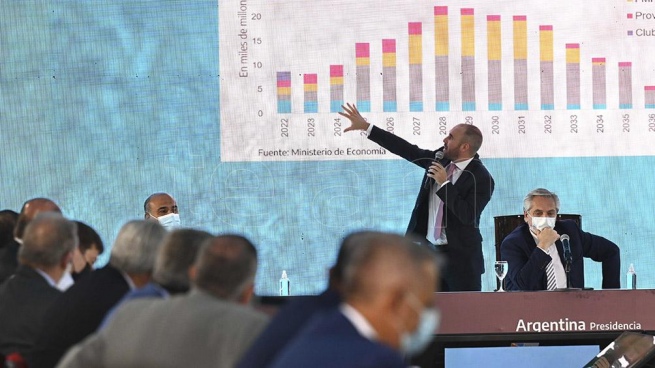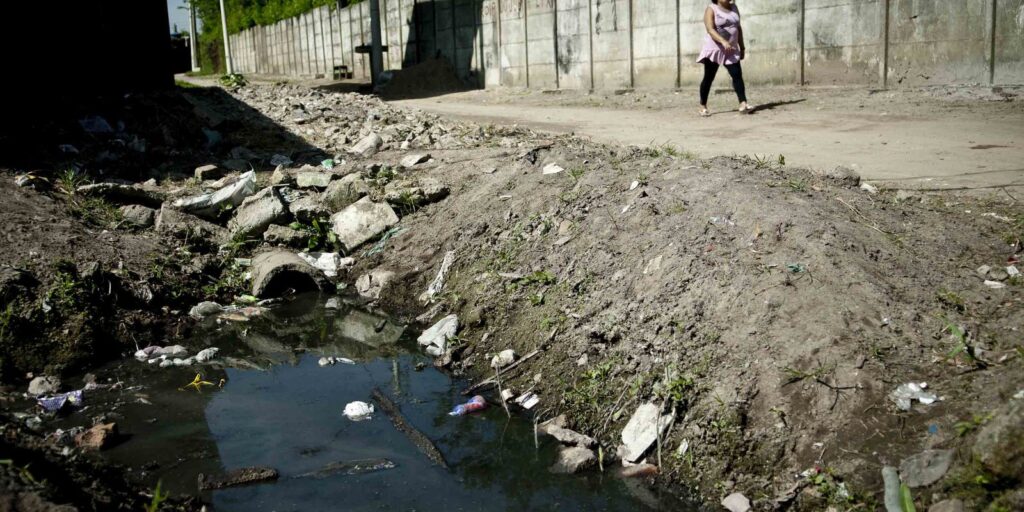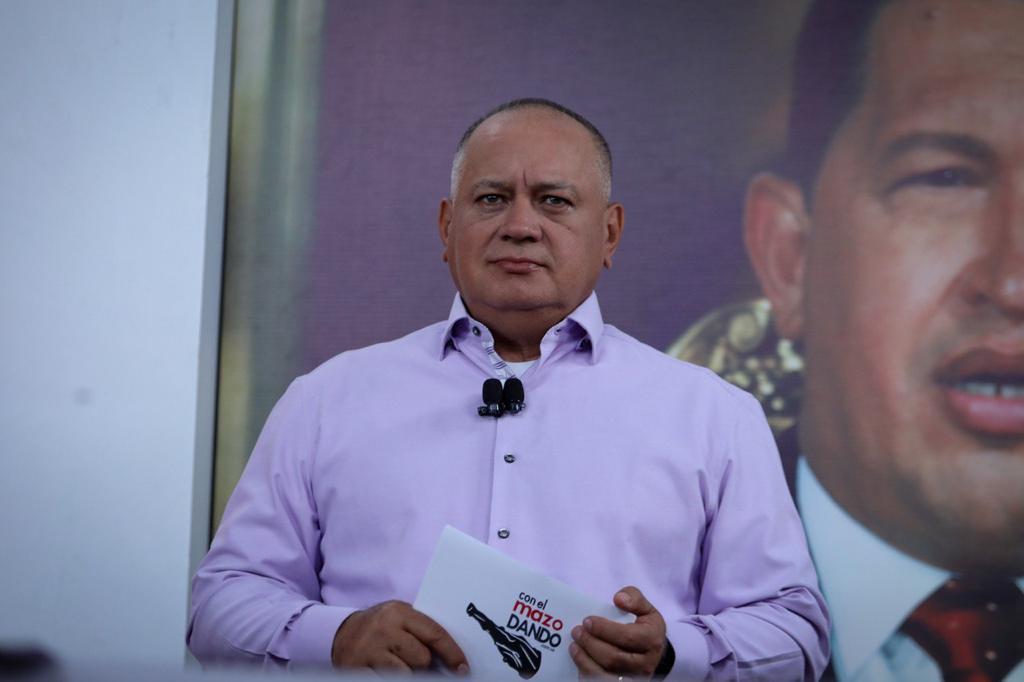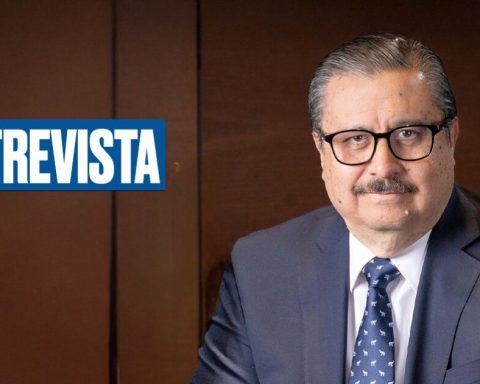The resources that the National State transferred to the 23 provinces and the City of Buenos Aires through the Federal Tax Sharing regime amounted to $343,655 million in March, with a nominal increase of 58.1% compared to those transferred in the same month of 2021.
The information was provided by the National Directorate of Provincial Affairs (DNAP) of the Ministry of Economy, and represents a real growth of 3.6% if inflation for the period is deducted based on the projections of the Market Expectations Survey (REM). released by the Central Bank.
In this way, the automatic transfers from the Nation to the 24 districts complete a series of real growth of 20 months that began in August 2020, only interrupted with the retractions of October and November 2021.
In March, the Co-participation represented 91.18% of the total national automatic transfers to the 24 districts, while $17,245.8 million were transferred for various special laws (4.57% of the total) and $16,005.2 million for the Fiscal Consensus (the remaining 4.25%).
Thus, total automatic transfers reached $376,906 million, with a nominal year-on-year increase of 57.4% and a real increase of 3.2%.
According to the survey by the consulting firm Politikon Chaco, the 24 subnational jurisdictions had growth in the resources transferred in real terms in the last twelve months, although with different percentages.
Córdoba, Santa Fe and Entre Ríos headed the list with a real improvement of 3.8%, followed by Salta, Tucumán, La Pampa and Buenos Aires with a rise of 3.5% at constant values.
Santiago del Estero ranked eighth with a growth of 3.4% in automatic transfers received in real terms, while Jujuy, Catamarca and Chaco, with 3.3%, completed the list of provinces with improvements greater than general average.
Misiones and Formosa (3.1% each), La Rioja and Corrientes (3% in each case), CABA and Mendoza (2.7%), San Juan (2.6 %) and Saint Louis (2.2%).
The Patagonian provinces closed the list with the lowest growth in real terms: Río Negro (1.8%), Chubut (1.7%), Neuquén (1.5) and Tierra del Fuego and Santa Cruz (both with 1.4 %).


















